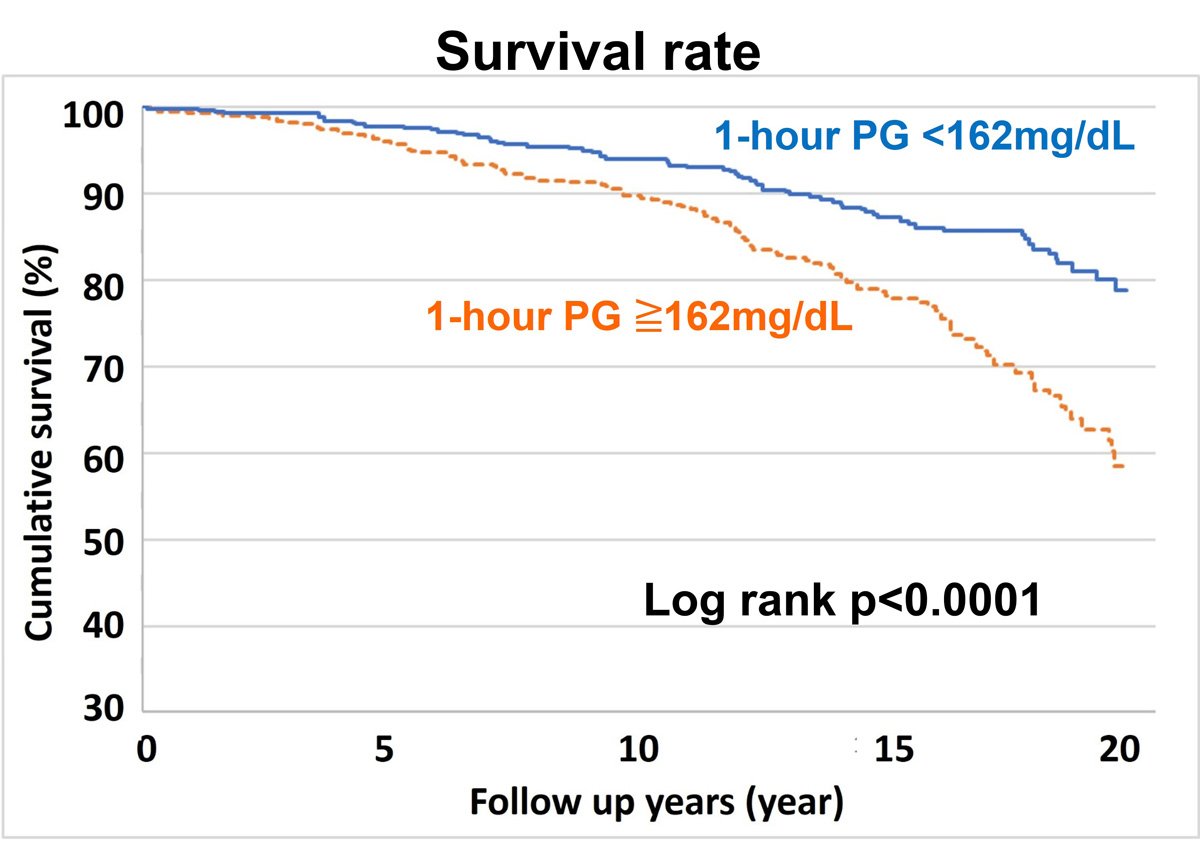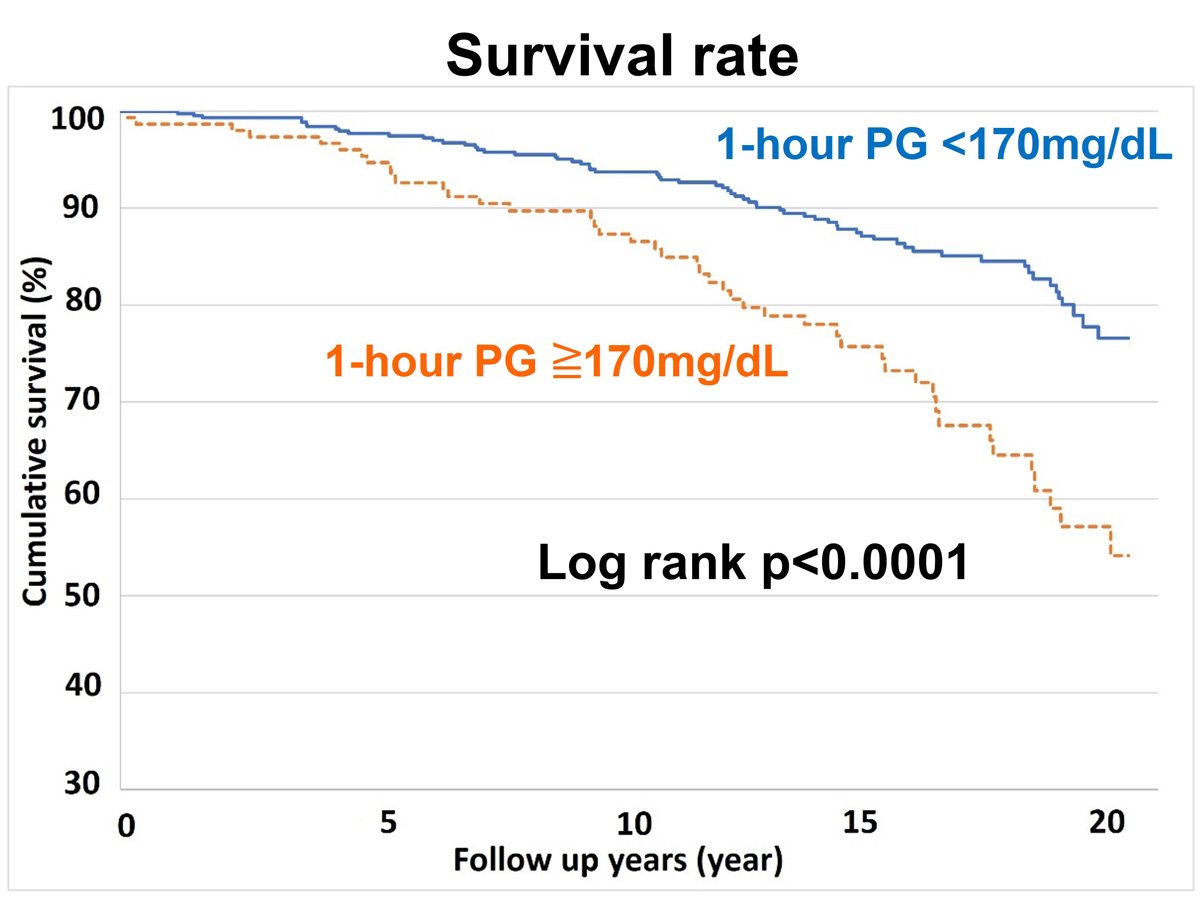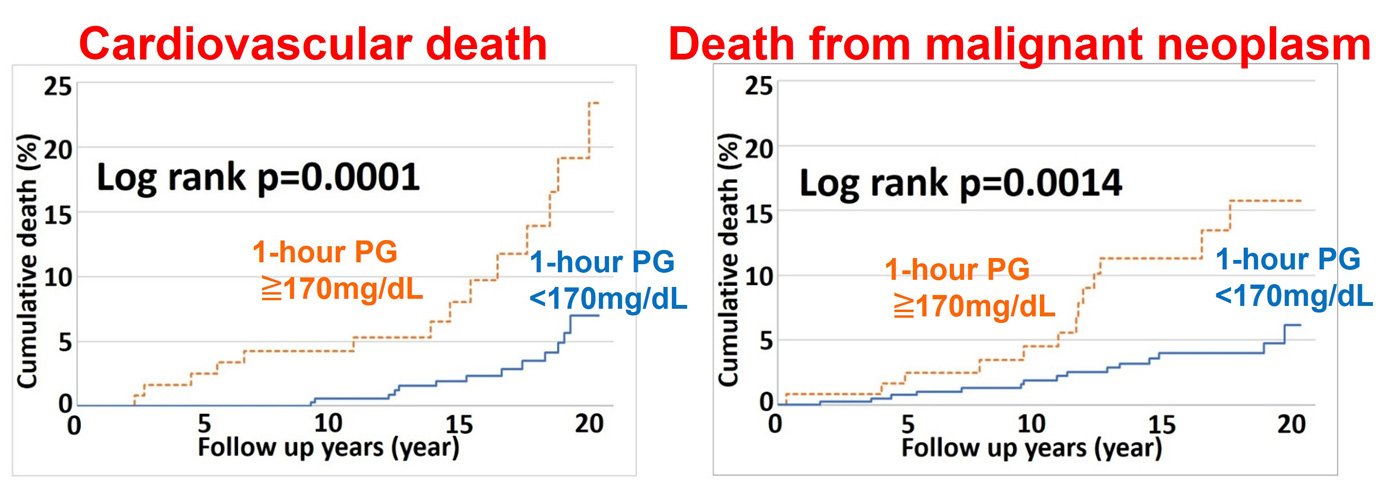It is well known that preventing the onset of diabetes reduces the risk of death, and that managing blood glucose levels is key to preventing diabetes. However, it remains unclear whether there are specific ranges within "normal" blood glucose levels that are associated with even lower mortality risks.
A small farming community in the Tohoku Region has possibly provided researchers with further insights.
For over 40 years, the Ohasama Study, named after a town in Iwate Prefecture, has tracked the long-term health of Ohasama's local population. Since 1986, the study has collected health and medical data through regular checkups and tests.
As part of the study, participants have undergone a glucose tolerance test every four years. This test, which is commonly used to diagnose diabetes, measures blood glucose levels before and 120 minutes after drinking a glucose-containing beverage.
Now, a research team has analyzed the glucose tolerance test data from the Ohasama Study, publishing their findings in the journal PNAS Nexus. Junta Imai and Hideki Katagiri from Tohoku University led the study, along with Daiki Sato from South Miyagi Medical Center, Hirohito Metoki and Michihiro Sato from Tohoku Medical and Pharmaceutical University, and Takayoshi Ohkubo from Teikyo University.
"We first examined the relationship between mortality and various health test results, including but not limited to glucose tolerance tests, for 993 individuals," explains Imai. "Even after adjusting for known risk factors such as age, obesity, and smoking, the one-hour post-glucose load blood glucose level showed a strong correlation with mortality."
Participants were then divided into two groups based on the median one-hour post-glucose load blood glucose level of 162 mg/dL. The survival analysis showed significantly better outcomes in the lower-glucose group.

Since some participants had already developed diabetes, the researchers narrowed their focus to 595 individuals with normal glucose tolerance. They analyzed which glucose threshold had the strongest correlation with mortality and found that 170 mg/dL was the most predictive.
Using this threshold, Imai and his colleagues conducted a survival analysis, comparing those with post-glucose load blood glucose levels below and above 170 mg/dL. After 20 years, nearly 80% of the under-170 mg/dL group were still alive, while almost 50% of the over-170 mg/dL group had died - showing a significant statistical difference.

Further analysis of cause-of-death data revealed that individuals with one-hour post-glucose load blood glucose levels under 170 mg/dL had significantly fewer deaths due to heart disease caused by atherosclerosis (p < 0.0001) and malignant tumors (p < 0.0014) compared to those with higher levels.

"These findings demonstrate that even within the range considered 'normal,' there is a subset of blood glucose levels associated with a lower risk of death," adds Imai. "Besides taking measures to prevent diabetes, greater efforts towards managing blood glucose spikes shortly after eating could help prevent heart disease and cancer, ultimately leading to longer, healthier lives."
- Publication Details:
Title: One-hour post-load glucose levels predict mortality from cardiovascular diseases and malignant neoplasms in healthy subjects
Authors: Daiki Sato, Junta Imai, Michihiro Satoh, Yohei Kawana, Hiroto Sugawara, Akira Endo, Masato Kohata, Junro Seike, Hiroshi Komamura, Toshihiro Sato, Shinichiro Hosaka, Yoichiro Asai, Shinjiro Kodama, Kei Takahashi, Keizo Kaneko Yukako Tatsumi, Takahisa Murakami, Takuo Hirose, Azusa Hara, Ryusuke Inoue, Kei Asayama, Hirohito Metoki, Atsushi Hozawa, Masahiro Kikuya, Yutaka Imai, Takayoshi Ohkubo and Hideki Katagiri
Journal: PNAS Nexus






